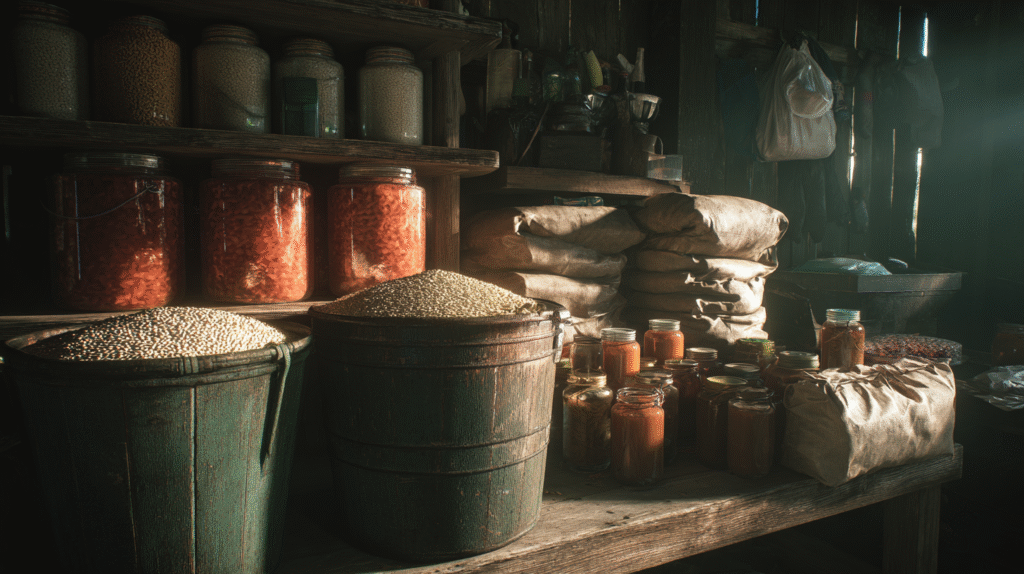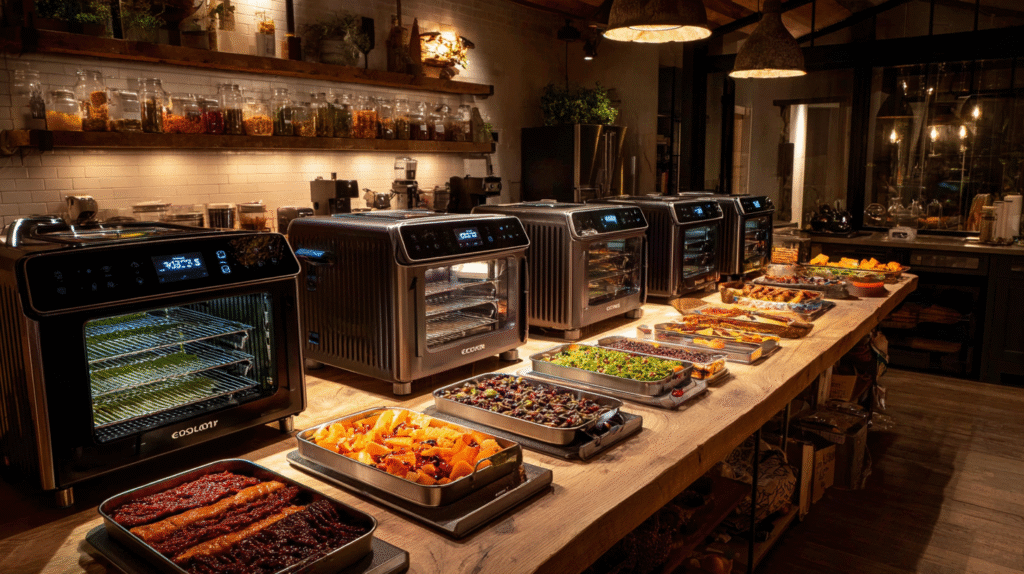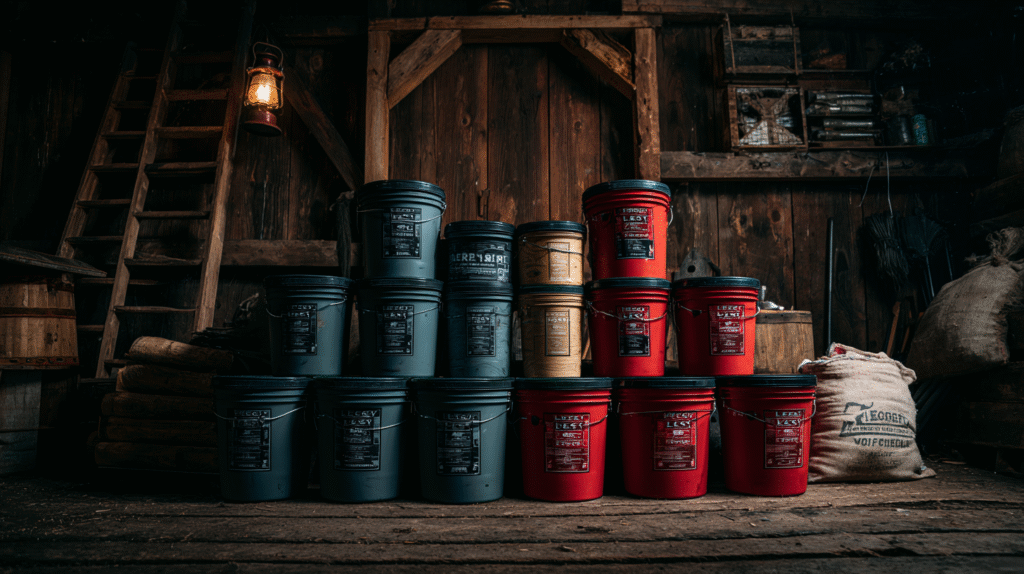Introduction
Storing food for the long term is a crucial part of being prepared for emergencies. Among the best staples to stockpile are rice and beans. These two items are not only affordable, but they also provide essential nutrients and can last for decades when stored properly. Rice and beans are just two staples among many foods that last 25 years or more in proper storage. In this guide, we will explore how to store rice and beans for up to 30 years!
Rice and beans are cornerstones of long-term food storage.

Why Rice and Beans?
Rice and beans are often called the perfect survival foods. They are:
- Nutrient-dense: Together, they provide a complete protein source.
- Versatile: They can be used in various recipes, from soups to salads.
- Easy to store: They have a long shelf life if stored correctly.
Choosing the Right Rice and Beans
Before you start storing, it’s essential to choose the right types of rice and beans. Here are some recommendations:
- White Rice: Long-grain white rice can last up to 30 years when sealed and stored properly.
- Brown Rice: While nutritious, it has a shorter shelf life of about 6 months to a year due to its oils.
- Kidney Beans: These hold up well in storage and provide a rich source of protein.
- Pinto Beans: A favorite for many recipes, they also last long when stored properly.
Best Storage Methods
How you store your rice and beans is crucial for longevity. Here are the best methods:
1. Mylar Bags
Mylar bags are an excellent option for long-term storage. They are moisture-resistant and block light, which helps preserve food. Consider using Mylar Bags with Oxygen Absorbers to eliminate oxygen and keep your food fresh for decades.
2. Vacuum Sealing
Vacuum sealing removes air from the packaging, significantly extending shelf life. The FoodSaver Vacuum Sealer is a great investment for sealing rice and beans effectively. For a deeper dive, see our complete guide to vacuum seal food storage and how it extends shelf life for multiple food types.
3. Buckets with Lids
5-gallon plastic buckets are perfect for bulk storage. Make sure they have airtight lids. You can store your Mylar bags or vacuum-sealed bags in these buckets for extra protection. Look forFood Grade Plastic Buckets to ensure safety. Many preppers also rely on the best survival food buckets for bulk convenience and long-lasting security.
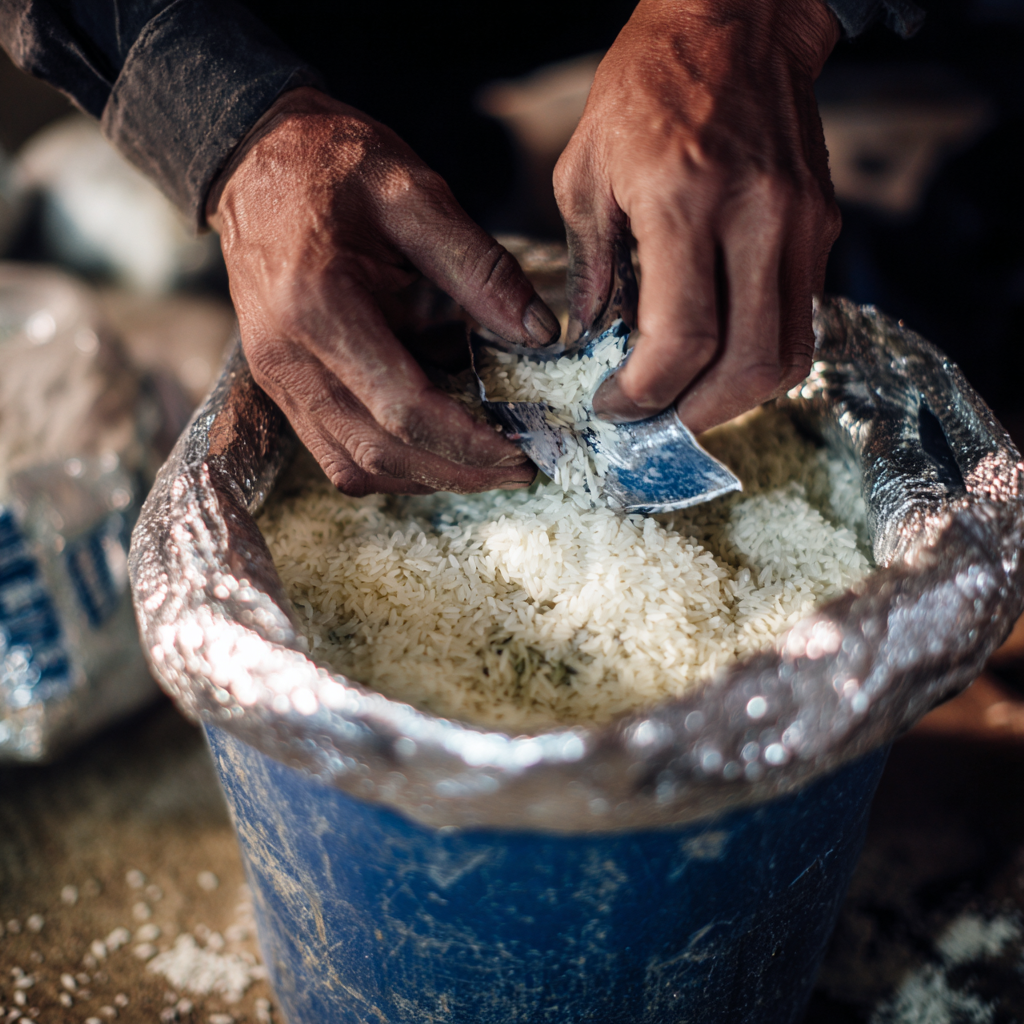
Optimal Storage Conditions
Proper storage conditions can greatly affect the shelf life of rice and beans. Here are some tips to ensure your food stays fresh:
- Cool Temperature: Store in a cool, dry place away from direct sunlight.
- Low Humidity: Keep humidity levels low to prevent mold and spoilage.
- Darkness: Light exposure can degrade food quality; keep storage areas dark.
For a broader look at different foods, check our full guide on survival food shelf life and how to maximize freshness.
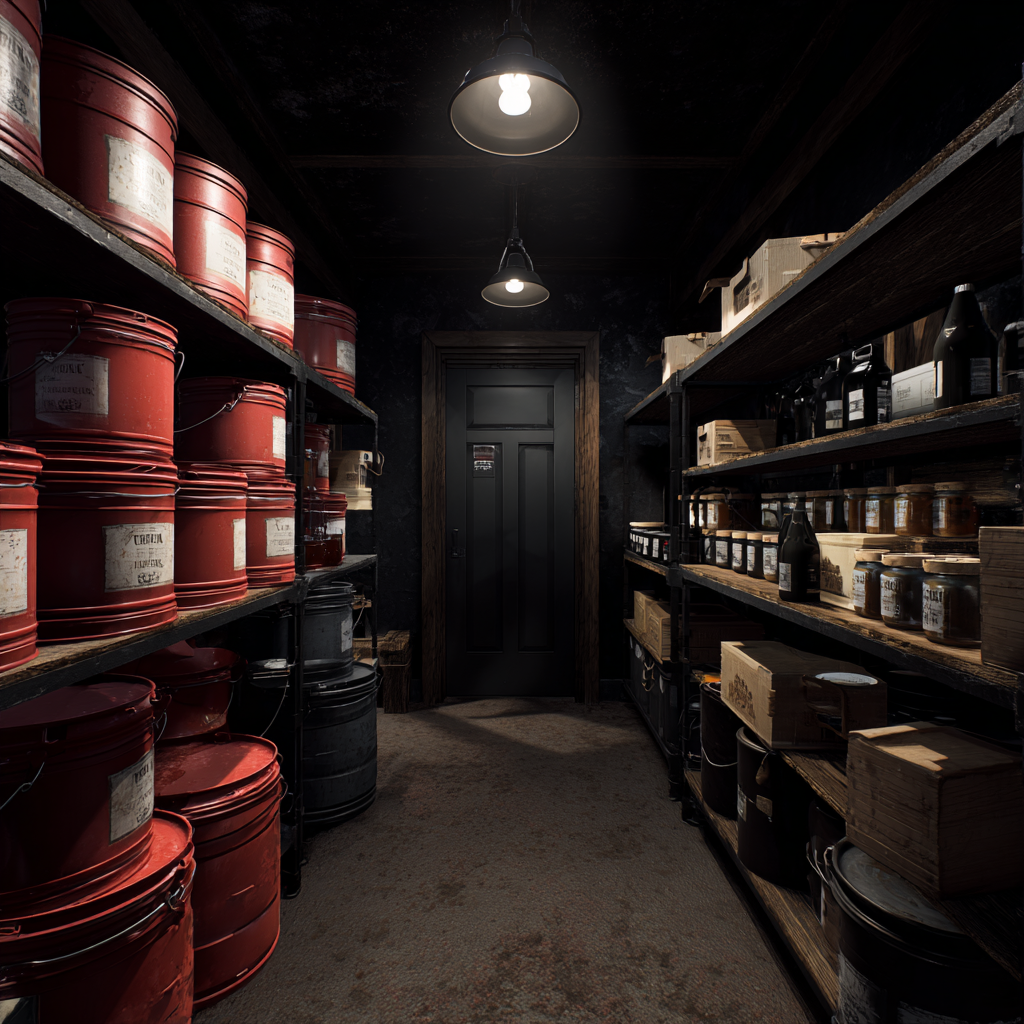
How to Rotate Your Stock
To ensure you always have fresh supplies, practice stock rotation. Here’s how:
- Label containers with the date of purchase.
- Use older stocks first and replace with newer items.
- Keep inventory of what you have to avoid over-buying.
Avoiding common food storage mistakes will ensure your rice and beans last their full potential.
Cooking with Stored Rice and Beans
When you’re ready to use your stored rice and beans, they can be cooked in various ways:
- Boiling: A simple method to prepare beans and rice together.
- Slow Cooking: For a flavorful dish, use a slow cooker with spices and vegetables.
- Pressure Cooking: Fast and efficient, especially for beans that require longer cooking times.
Conclusion
Storing rice and beans long term is a smart strategy for anyone looking to build a reliable emergency food supply. By choosing the right varieties, using proper storage methods, and ensuring optimal conditions, you can keep these staples fresh for up to 30 years. Start your journey to preparedness today!

